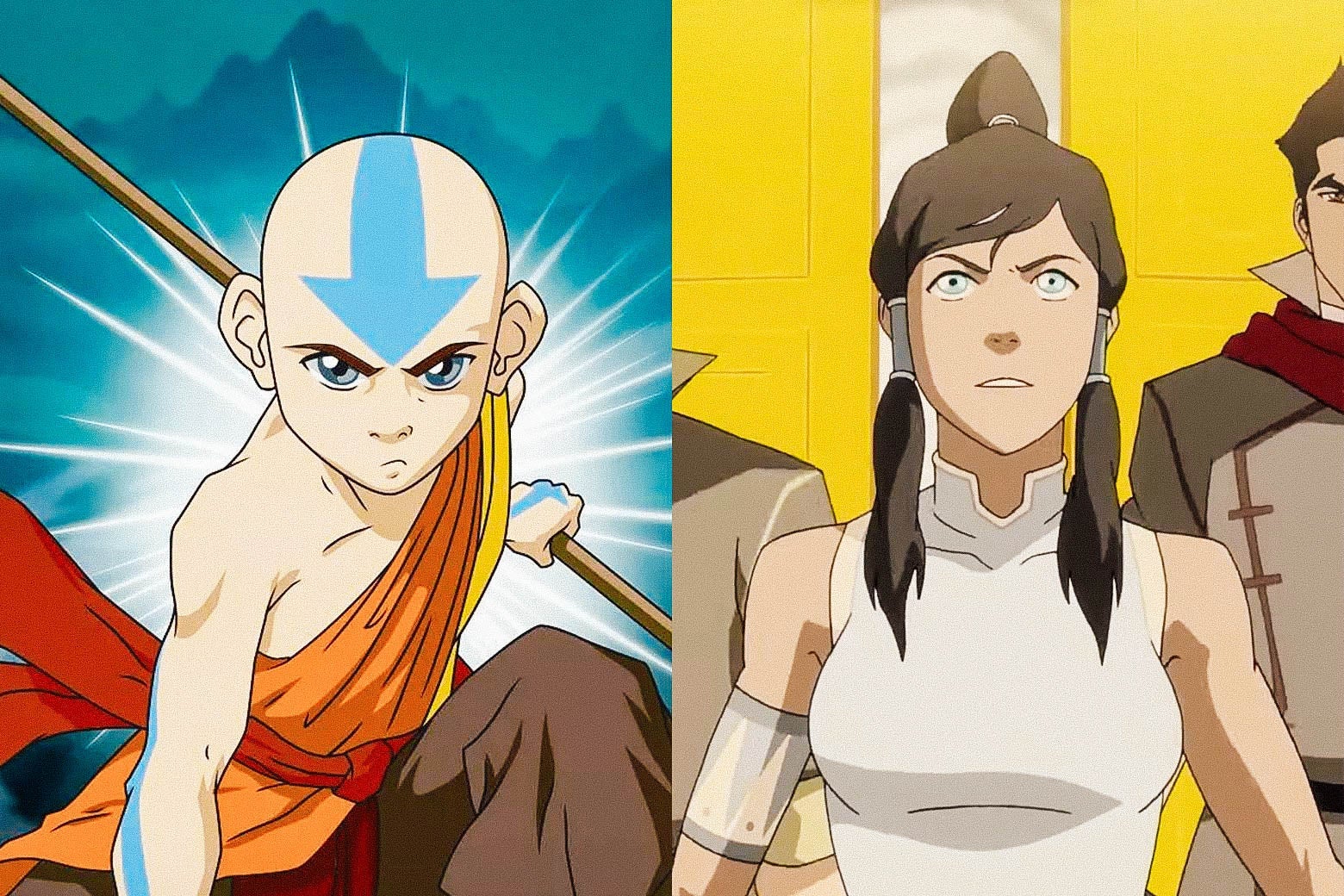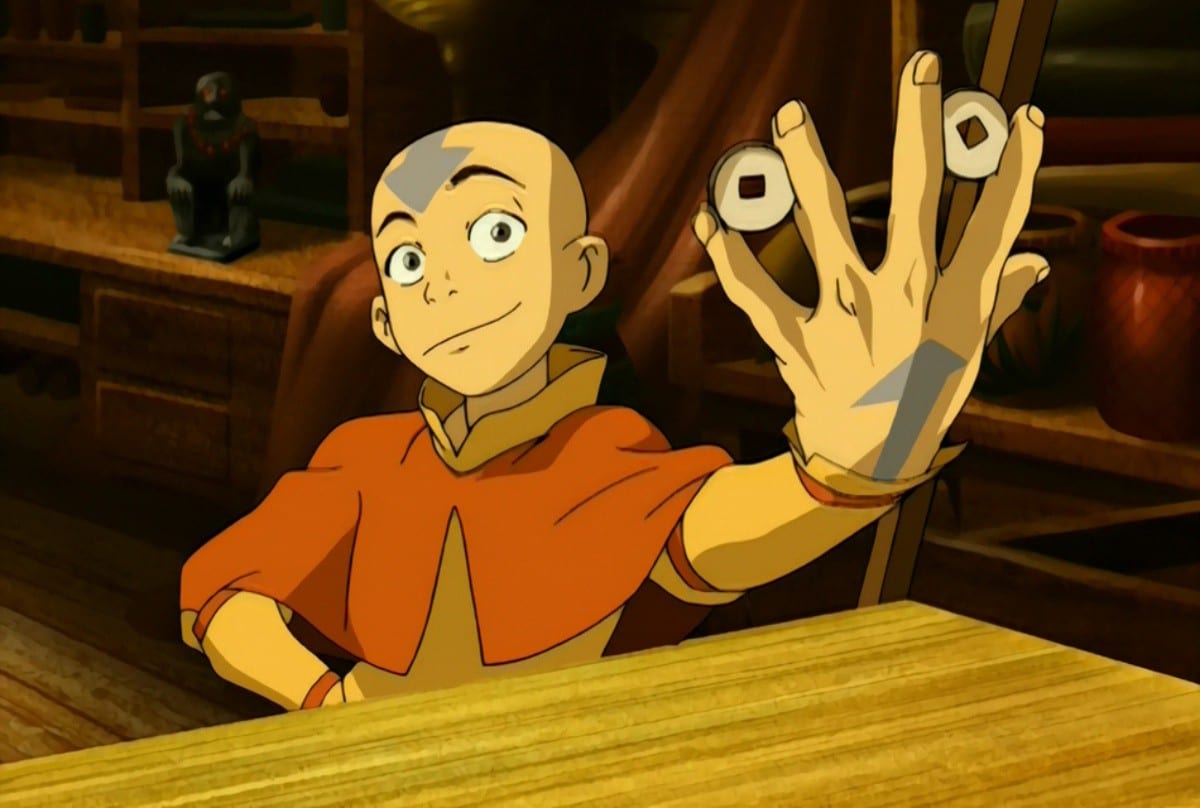
While the creators made it clear that they were drawing on Japanese, Chinese, Indian, and Inuit aesthetics - for the Fire Nation, Earth Kingdom, Air Nomads, and Water Tribes, respectively - the individual nations within the world of Avatar are generally not reduced to stereotypes. It does this by drawing from events in world history, rather than relying wholly on cultural stereotypes to define the four distinct nations within the show.


Avatar undercuts the Western fantasy genre by beginning from a wholly different foundation, offering a look at what a fantasy world could look like if we began with a non-Western context. A significant swath of fantasy writing still inhabits a similar, generic European landscape - Game of Thrones and the Netflix original series The Witcher being the most recent, popular examples. Tolkien’s monumental contribution to medieval fantasy through the Lord of the Rings trilogy set the standard for most fantasy tropes in circulation today. It takes a myriad of factors, but the majority of the answer lies in history.įor most viewers, fantasy and any world with a magic system tend to be based on elements in the Western tradition. The question is what makes it work, this blend of cultures that never seems forced, offensive, or careless. Certainly these facts influence how we understand the show, particularly as its mass appeal is in its non-white representation. The showrunners, Bryan Konietzko and Michael Dante DiMartino, are both white men, as was the head writer, Aaron Ehasz, and the majority of the writers for the series. Yet a quick perusal of the creators, the writers, and the voice cast reveals that for all the pan-Asian dressing of the animated series, the show itself was largely white-washed behind the scenes to begin with. The main critique leveled at the film was its white-washing of the characters, as one of the key appeals of the animated series was that it focused on a non-white fantasy world. Night Shyamalan that is still derided to this day. The show’s popularity even led to a live-action movie in 2010 directed by M. Back in 2005, when it premiered, Avatar garnered critical acclaim and, while initially geared toward kids, was popular with a wide range of viewers who were drawn in by the unique blend of Eastern influences. Almost a decade and a half after it finished airing on Nickelodeon, Avatar: The Last Airbender quickly reached the top of the streaming chart within a few days of its Netflix debut on May 15.


 0 kommentar(er)
0 kommentar(er)
